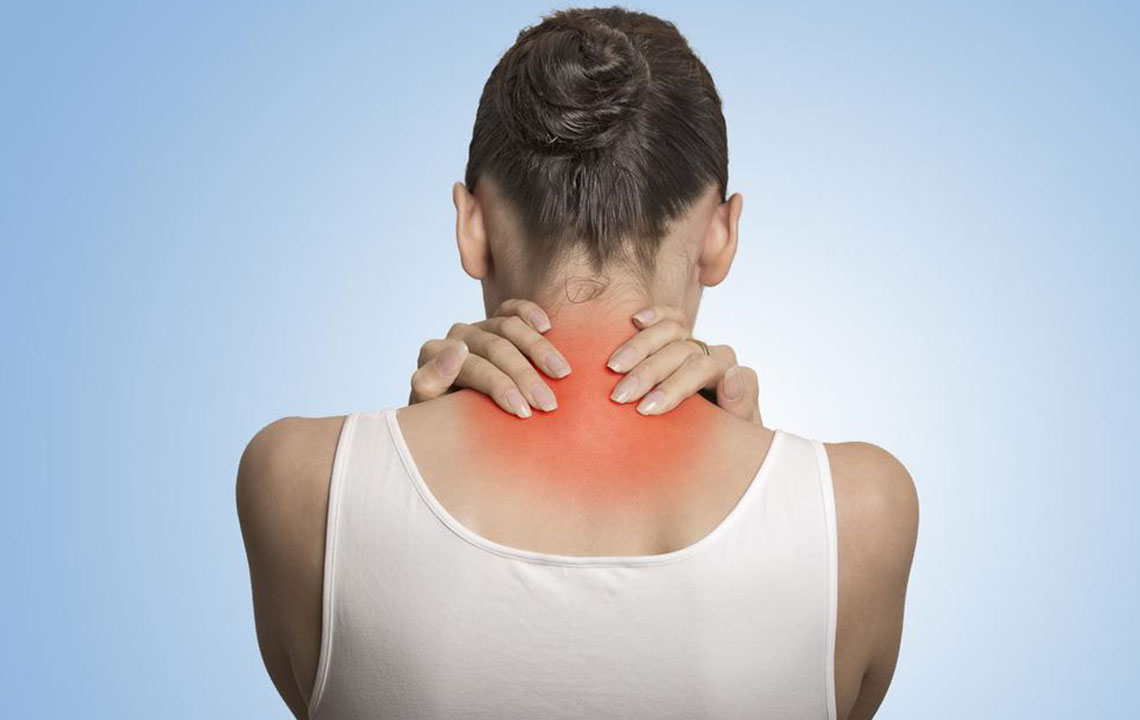All You Need to Know about Fibromyalgia

Fibromyalgia has never been considered a simple condition to be diagnosed. This condition is never easy to be diagnosed through laboratory tests and this condition can only be judged by a doctor through their instinct.
The diagnosis of fibromyalgia can be done through exerting pressure on eighteen small spots which are located throughout the body. These spots are commonly known as tender spots.
People who suffer from fibromyalgia always have tender points. American College of Rheumatology was the first institute which was able to identify these 18 specific tender points. After that, the fibromyalgia tender point diagnosis was considered necessary for a person to be certified as suffering from fibromyalgia.
Prior to this discovery in the year 2010, it was agreed that if 11 of these 18 points tested positive for tenderness, the person was considered to be suffering from fibromyalgia.
Tender point examination is a key consideration factor for a person to be suffering from fibromyalgia.
Diagnosis of fibromyalgia with these tender points
The 18 tender points in the body are of the size of a penny. These are usually located in a cluster around the neck, shoulders, hips, elbows and knee area. Generally, these are located on both sides of the body and can be seen in the upper region and lower region of the human body. Any point among these is considered to be tender only when they produce a localized pain as and when a doctor presses these points. The intensity of the pressure to be applied by the doctor should be such that their fingernail turns white while the pressure is being applied. If a point is positive for this tenderness, it will be painful at that exact point when the pressure is applied.
A defining feature of fibromyalgia is that the pain usually fluctuates in this condition. It might increase or decrease or come and go reducing and increasing in intensity randomly.
A person might experience tenderness in all the points and may have to consult the doctor for the same. At the time of examination by the doctor, this tenderness might be evident by only 4-5 points. This creates a complicated scenario as the doctor is not able to gauge the real intensity of fibromyalgia tender points and might advocate for medication which is of less intensity than required.
Such diagnosis over the years has led to under-reporting of cases of fibromyalgia and the patients have never received the treatment they deserved.
How to cope with tender points
People who suffer from fibromyalgia are generally found to be more concerned about aches in the whole body and do not consider tenderness in specific tender spots to be of much significance.
Some of the specific symptoms that people consider while suffering from fibromyalgia are stiffness in the morning, difficulty in moving, pain which they experience during hugs and handshakes and painful knots in the muscles.
A chronic widespread pain condition known as myofascial pain syndrome does occur in case of fibromyalgia. This pain usually coexists with fibromyalgia. Most of the tender points are also myofascial trigger points, hence this pain is seen in concurrence with fibromyalgia.
Treatment for fibromyalgia
Many similarities do exist between fibromyalgia tender points, acupuncture points and myofascial trigger points. Acupuncture is an ancient Chinese practice in which needles are inserted at specific points in the human body, and this helps in relieving the pain.
Acupuncture can be an excellent treatment option if it has not been tried before as this offers a long-term relief from fibromyalgia and if tried on a continuous basis will help in curing the root cause of the problem in this case.
Massage therapy for fibromyalgia
Studies published on treatment options for fibromyalgia have a mention of massage therapy which helps in curing this condition in case of women who suffer from this complication.
One of the therapies which find mention as a curative measure, in this case, is manual lymph drainage therapy. This is a massage technique in which fluid moves away from the area in which lymph vessels are blocked or get damaged due to some reasons.
The second massage technique is known as connective tissue massage technique in which focus is on manipulating the myofascial tissues. Both of these techniques reduce the amount of pain and thus improve quality of life of a person.
Your family physician or any fibromyalgia specialist would be an ideal person to recommend a curative therapy and in any case, these should not be tried without medical assistance from qualified doctors.
Fibromyalgia tender points can easily be identified and people who suffer from this complication usually know about their tender points since this is a long drawn medical condition. Proper care and treatment will definitely help in reducing the incidence of this disease and will help a person lead a normal life.


